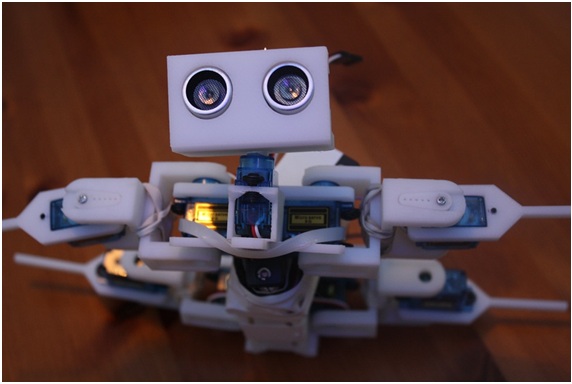The 3D printing industry has gone through revolutionary changes in the year 2017, where many new players have come to the market, resulting in innovations and new collaborations. The 3D printing industry is quite a dynamic one, and we would love to know what is in store for the future. We are going to share some of the predictions of future trends related to the 3D printing industry in the year 2018. The top 5 trends are mentioned below in detail.
Application-Driven Innovation
The new developments in the area of Additive Manufacturing has primarily on creating larger, faster, better, and more proficient machines with the help of a variety of new materials. It is absolutely important for us to move forward towards increase and innovation of the manufacturing capabilities, but the true power and essence of the 3D printing cannot be released simply with the help of better and bigger machines. In order to unlock the upcoming industrial transformation, we will require the true understanding of the different applications that may receive the most advantage from the AM technology. In simple works, we need to ask what a machine is able to do for us rather than what it can do. In the future, it can be predicted that the software and machines will turn more application-driven and specialized in order to fulfil the requirements of the industry as well as every customer.
The potential is quite huge. When the hearing aids industry grasped the applications of the 3D printing, the noticeable changes were irreversible and fast. In a period of 500 days, more than 90% of the hearing aids manufactured in the United Stated went on with Additive Manufacturing. This refers to the fact that manufacturing companies mustn’t wait for the technology to mature; instead the applications should be the primary focus. This is all because the technology is already present and we need the applications for the real change or transformation.
Automation
With the maturation of the 3D printing technologies, people are focusing more in streamlining the pre-production and post-production processes. A large part of the production tools for 3D printing and prototypes are available for use right from the machine, the end-parts can still benefit from complex finishing processes. This will be labour-intensive as well as cost-intensive.
Industrial automation with respect to pick-and-place robotics could be very useful in raising efficiency as it helps in cutting down the post-production costs and time. When paired with the right software knowledge, an automated post-production system could be envisioned which will guarantee traceability and speed without relying much on manual intervention. Software may play a significant automation role in the pre-production steps, driven mostly by the increasing adoption of Metal 3D Printing. While metal 3D printing will definitely save cost and time, the cost incurred in wasted material as a result of build fails can become unaffordable. This is where simulation might be useful in the prediction of failures before they happen in real.
Integration
The past few years have shown us that 3D printing claims its position in the supply chains. Most online stores will be using tooling-free production and faster lead times to produce 3D printing supplies, proving to be valuable for traditionally resource-intensive applications. It also results in fewer stock rises and leaner supply chains. The value of 3D printing will steadily increase in the manufacturing realms in two ways: by being more collaborative in the supply chains that already exist and by permitting digital supply chains’ creation.
Collaboration
Collaboration will be a great way of bringing 3D printing to the manufacturing industries. When there is increasing collaboration between the already existing players, like service providers, software, and hardware, it will result in easier-to-integrate and optimized product offering, causing fuel adoption. In the future, more collaboration between customers and 3D printing industry can be seen.
Metal Printing
Metal 3D printing can be seen growing rapidly with respect to increased adoption and lowering cost. There will be improvements with respect to new technologies as well as the established ones in 2018. Metal 3D printing will not be able to replace traditional manufacturing completely, but can be seen as a growing complimentary manufacturing technology. Metal 3D printing is predicted to become an increasing necessity with respect to coming up with complex and customized end-use products as well as solving manufacturing challenges.
Thanks to the expertise of many industry visionaries and experts, we are expecting these dramatic trends in the year 2018. It will definitely take the 3D printing revolution to another level.
